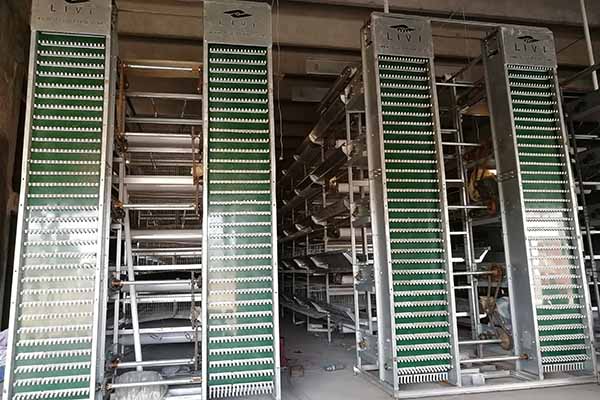Achieving Efficiency with Automatic Feeding Poultry Cages in Uganda
Why Automated Feeding Cages are a Game Changer
The poultry industry in Uganda has been experiencing significant growth, with a yearly increase in demand for poultry products. One of the key elements in optimizing this growth is the implementation of advanced farming technologies, particularly automatic feeding poultry cages. These systems not only streamline operations but also enhance productivity and overall farm profitability.
According to the Ministry of Agriculture, Animal Industry, and Fisheries in Uganda, the industry has seen a consistent rise in the number of small and large-scale poultry farms. The introduction of automated feeding systems has played a pivotal role in this upward trend.
How Automatic Feeding Poultry Cages Work
Automatic feeding poultry cages are designed to supply feed to chickens without constant manual labor. These systems are equipped with a programmable timer that dispenses feed at specific intervals, ensuring that the chickens are well-nourished at all times.
Here’s a breakdown of how it works:
– Semi-Open Feed Hopper: The feed hopper is semi-open to prevent chickens from overeating while still allowing them access to feed.
– Programmable Timer: The system can be set to dispense feed several times a day.
– Automatic Lock: Ensures the chickens do not access the feed before the designated time.
– Easy Refilling: The hopper is designed for easy refill, minimizing downtime and the need for extra labor.
Benefits of Using Automatic Feeding Poultry Cages
1. Cost-Effective: Reduces the labor costs associated with manual feeding.
2. Consistency: Ensures chickens receive a balanced diet, leading to better growth rates and health.
3. Efficiency: Improves the overall efficiency of the farming operation, allowing for more birds to be raised in the same space.
4. Healthier Birds: Feeding at regular intervals reduces the risk of overeating and disease.
Case Study: Impact on a Small Scale Farm
For instance, a small-scale poultry farm in Uganda with an automatic feeding system reported a 30% increase in productivity within six months. This improvement was attributed to better feed management and a healthier flock.
| Parameters | Before Automated Feeding | After Automated Feeding |
|---|---|---|
| Feed Conversion Ratio | 2.5:1 | 2.1:1 |
| Average Daily Gain | 25g | 30g |
| Cost of Feed per Bird | $1.20 | $1.10 |
Conclusion
Investing in automatic feeding poultry cages can significantly enhance the productivity and profitability of poultry farms in Uganda. With the right technology, farmers can look forward to better returns on their investments.
For more information on how you can integrate this technology into your farm, get in touch with our team at LIVI Mechanical. We offer free poultry design plans and equipment quotations to help you start your journey towards more efficient farming.





